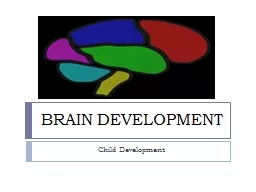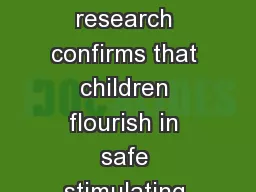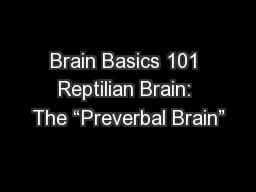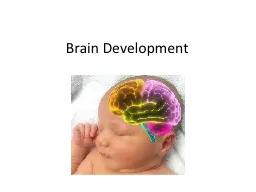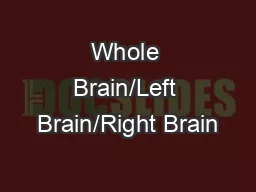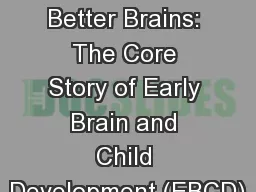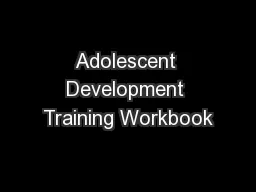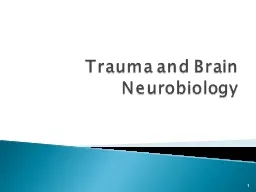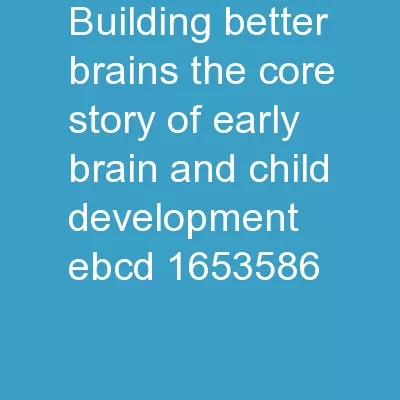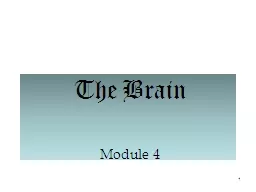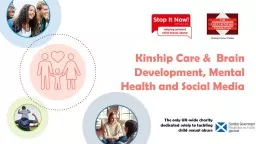PPT-BRAIN DEVELOPMENT Child Development
Author : jane-oiler | Published Date : 2018-11-23
Ticket to Class What do the following have to do with the human brain Walnut Half Blue Cheese Grain of Rice PinkishGrey JelloJigglers Pruning ANSWERS Walnut
Presentation Embed Code
Download Presentation
Download Presentation The PPT/PDF document "BRAIN DEVELOPMENT Child Development" is the property of its rightful owner. Permission is granted to download and print the materials on this website for personal, non-commercial use only, and to display it on your personal computer provided you do not modify the materials and that you retain all copyright notices contained in the materials. By downloading content from our website, you accept the terms of this agreement.
BRAIN DEVELOPMENT Child Development: Transcript
Download Rules Of Document
"BRAIN DEVELOPMENT Child Development"The content belongs to its owner. You may download and print it for personal use, without modification, and keep all copyright notices. By downloading, you agree to these terms.
Related Documents

